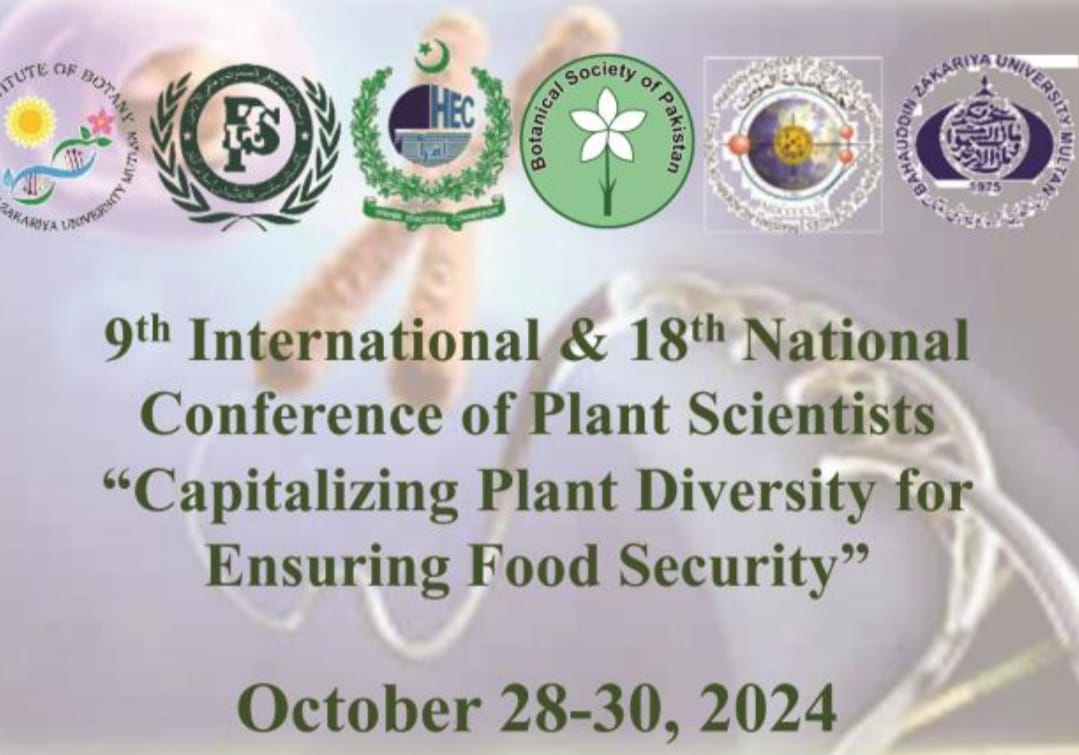PJB-2025-236
UNTANGLING GENETIC VARIABILITY OF TWENTY-ONE FIELD PEA (PISUM SATIVUM SSP. ARVENSE L.) GENOTYPES FOR GRAIN YIELD UNDER MEDITERRANEAN CLIMATE
SERAP KİZİL AYDEMİR
Abstract
Grain legumes like field pea offer a strategic role in ensuring nutritional security; however, research gaps exist regarding their genetic potential for grain yield under the agro-ecological conditions of Bilecik, Turkey. Therefore, this multi-year screening study comparatively assessed fifteen potent genotypes of field pea (KB-211, 21, 39, 55, 70, 79, 90, 95, 104, 110, 124, 141, 153, 161, and 165) and six varieties (Tore, Servet, Whistler, Ulubatli, Golyazi, and Kirazli), while the experimental design was a randomized complete block design (RCBD) with three replicates. The results showed that genotype 39 had the highest harvest index (37.7%), and the Whitler variety exhibited the maximum number of pods per plant (13.9), biological yield (8.92 t ha-1), and straw yield (7.04 t ha-1). However, the Golyazi cultivar recorded a maximum seed yield of 2.71 t ha-1 (89% higher than the least performing genotype 21). In addition, the correlation analysis demonstrated a positive and significant association between seed yield and physiological maturity (0.537*), biological yield (0.760**), and straw yield (0.607**). Contrastingly, a negative correlation (-0.667**) between seed yield and the number of seeds per pod was recorded. Moreover, the biological yield had the strongest direct association with seed yield, which in turn had linear relationships with straw yield and the number of seeds per pod. Furthermore, the cluster analysis revealed that the first two eigenvectors accounted for 74.15% of the overall variation among field pea genotypes, whereas the maximum variation was observed between genotype 90 and the Tore variety. Thus, Golyazi, Whitler, and genotype 39 might be recommended to field pea growers and breeders for developing high-potential cultivars with better adaptability under changing climatic scenarios of global warming and disruption of rainfall patterns.
To Cite this article:


